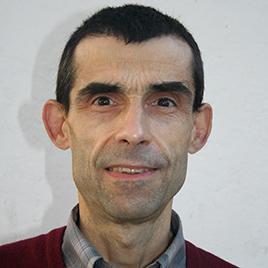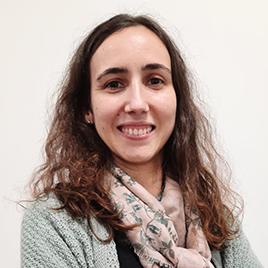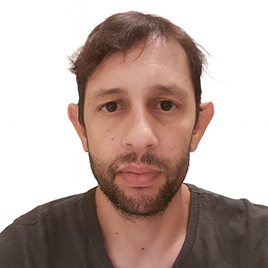Objectives and competences
KNOWLEDGE: To know the structures of the main biomolecules, their functions, and the relation between them. To learn a good number of common biochemical techniques.
UNDERSTANDING: Comprehension of how chemistry rules biological processes, in particular how the structure of the molecules rules their biological function.
APPLICATION: Many applications in the fields of food, health, and environmental sciences are presented in classes.
SYNTHESIS: The different topics constitute an integrated body of knowledge, implying therefore a synthesis effort.
HANDLING: In the laboratorial sessions, students carry out several operations and work with different equipment units, such as centrifuges, spectrophotometers, electrophoresis apparatus, etc..
Competences:
A global view of the structures, properties, and functions of the main biomolecules, and the recognition of the application of that knowledge to other CUs, or in common everyday situations.
Teaching Methodologies
The course comprehends lectures, tutorials and laboratorial sessions. The core subjects are presented in the lectures. In the tutorials, the students analyse exercises on those topics, with the support of an instructor. In the lab sessions, students work in groups and carry out a set of five different experiments directly related with the subjects discussed in the lectures.
Syllabus
Lectures Contents
I. Proteins: Structures and Functions
Amino acids and their properties.
Polypeptide chains: structure levels; fibrous proteins.
Proteins for transporting and storing oxygen.
Overview of methods of analysis and of purification of proteins.
Introduction to enzymes: general properties; enzyme kinetics, without and with different inhibitors. Mechanisms of enzyme action and of activity control.
II. Carbohydrates
Classification and physical-chemical properties of monosaccharides and their derivatives.
Polysaccharides: structures and biological roles.
III. Lipids: Structures and Functions.
Fatty acids: nomenclature, physical-chemical properties.
Triacylglycerols and phospholipids. Sphingolipids: cerebrosides and gangliosides.
Steroid compounds.
Tutorials Contents
Discussion of model problem sets and presentation of auxiliary tools for the lab works.
Laboratory Practicals Contents
Groups of 2 to 4 students carry out experiments on isolation of haemoglobin; quantitation of proteins by colorimetric methods; carbohydrates qualitative and quantitative tests; enzymes: kinetics of invertase.









